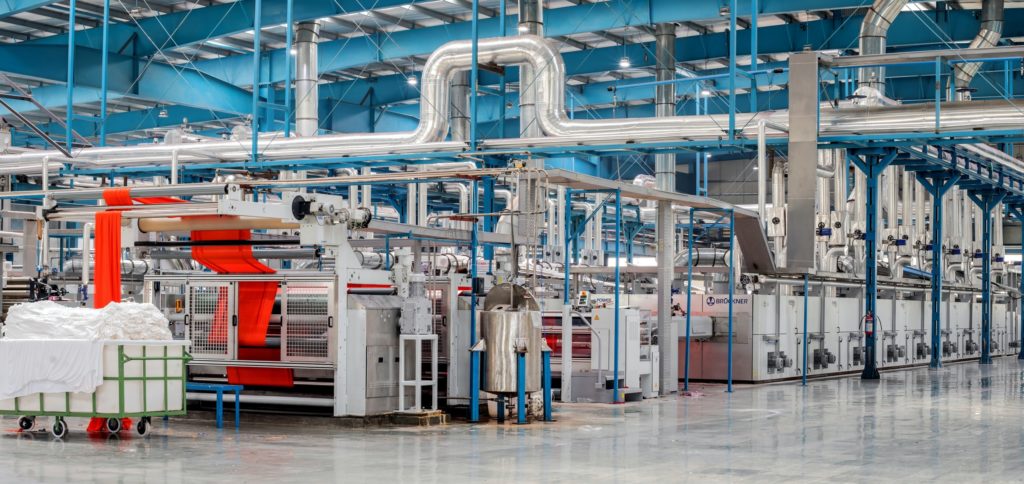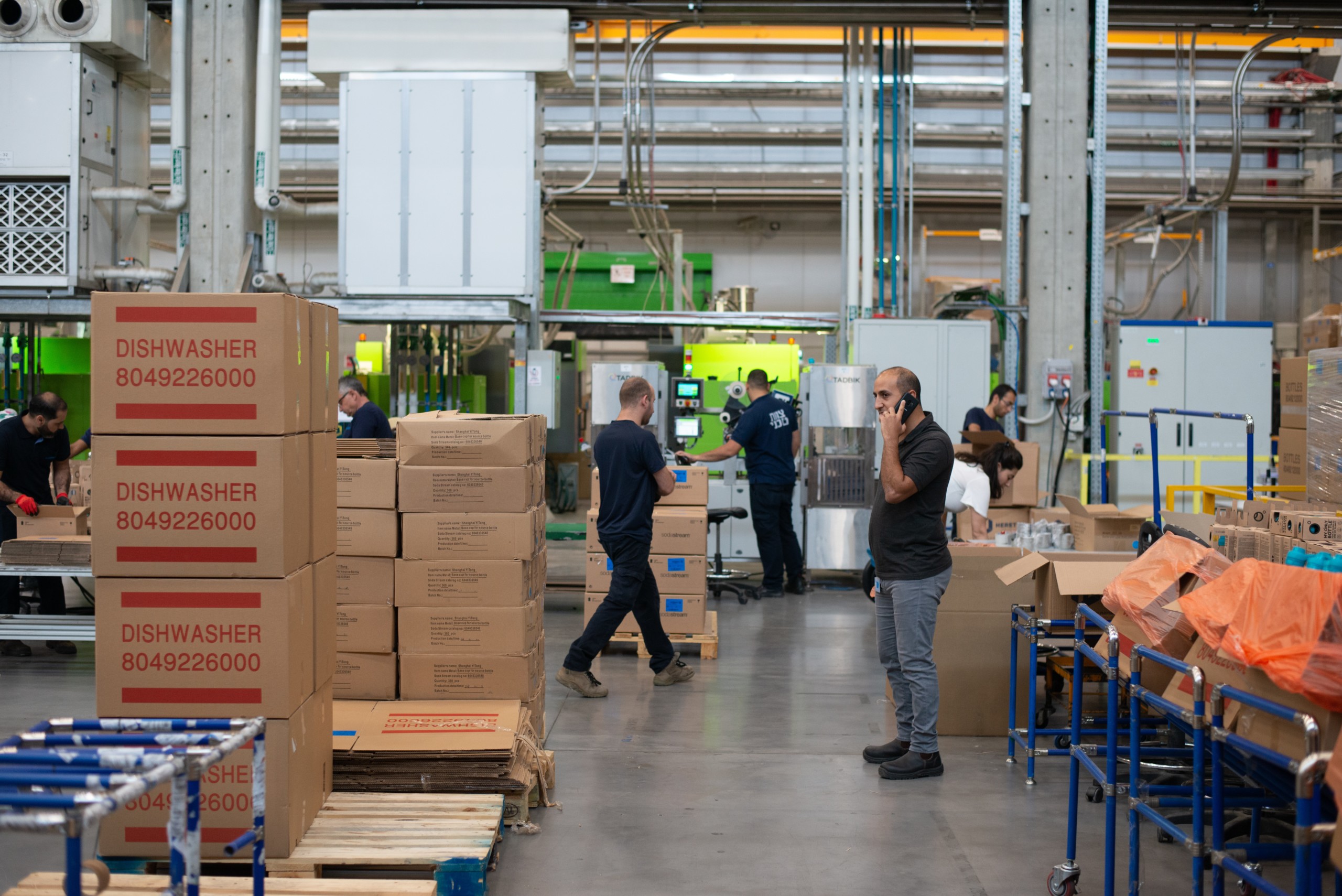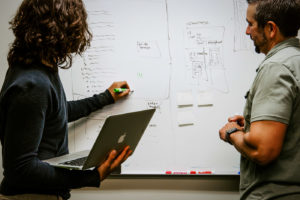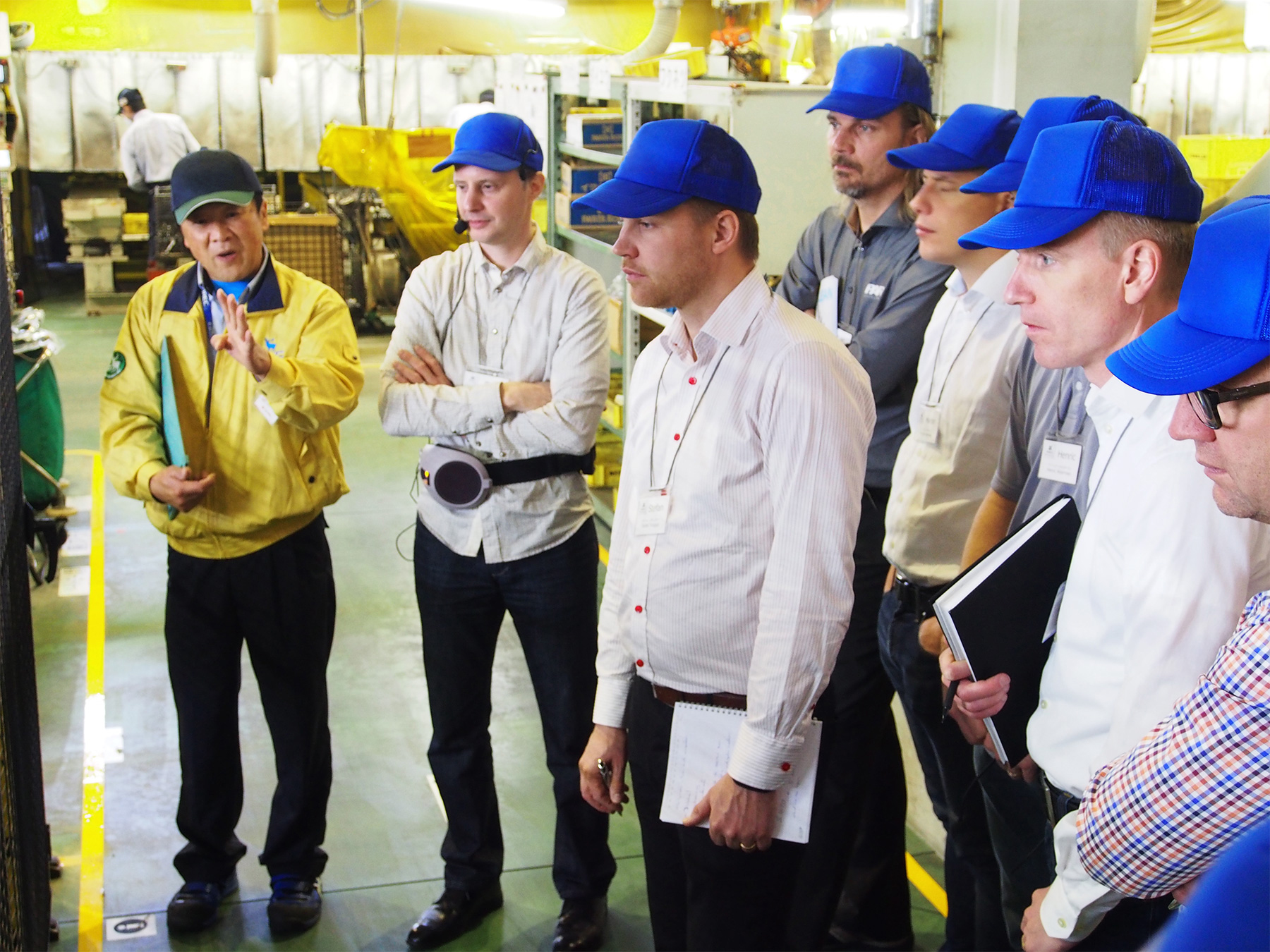Chasing waste out of the factory environment increases profit

Chasing and eliminating waste is the most fundamental thing that can be done for our business. When we chase waste from our business as a part of our daily culture and habit we will continuously improve, or have Kaizen. The two are interdependent.
Chasing the 8 wastes in a factory or workshop environment as compared to an office environment can often be easier to identify, as the wastes manifest themselves in piles of work in progress or excessive motions of people. As chasing waste out of our business is one of the fundamental elements of our operating system, the focus is on having a culture that utilises our own creativity to identify waste and eliminate it. This is how we get things done.
Unused Creativity – Transportation – Inventory – Excess Motion – Waiting – Over-production – Over-processing – Defects
I’ll run through the 8 wastes for the factory or workshop environment. This is not an exhaustive review, merely what I’m seeing often in the last 12 months.
The first one we’ll look at is Unused Creativity
If we’re not utilising peoples’ ideas- their creativity- we’ve created a waste. This seems obvious but if you are going to practice continuous improvement, or getting a little better every day, you need the practical wisdom of the people who do the work.
Transportation- particularly of inventory
We’ve always got to make sure that we’re eliminating transportation. One I often see is not ordering all the right parts or materials for the job, and having to transport or expedite the extra parts we’ve forgotten about.
Inventory- specifically too much inventory
Inventory can be present in many states, it could be raw materials or work in progress. Too much work in progress is possibly the worst because it tends to add a lot of clutter to a factory or workshop environment, and all too often it’s just waiting around to be worked on. We will get on to waiting shortly. Generally, inventory at some level is OK, but it should be thought out as to how much and where.
The Excess Motion of people- I probably see this the most
It’s a waste common in workshop and factory environments when machinery and equipment are spread out too far, not in the right order, not making sense. Our focus is drawn away from removing as many people movements as possible, to the large factory space. We’re spread out across the floor with heaps of room between the stages of a process- it feels good! But all we do with that space is fill it up with work in progress, creating excess motion and confusion. I often see companies move into larger factories to deal with growth, only to get worse at what they do because of all the excess motion, and therefore reduced productivity.

When you see the excess motion of people, it’s inevitable you’ll see Waiting
The waiting of materials and work in progress is a big problem – in my opinion, I find this the worst as it wastes production capacity with non-value-adding work. If work in progress is waiting, people are not having value added to that work in progress and getting it closer to the customer. Invariably it can mean that people end up moving an excessive amount as they move materials of work in progress around and have it wait some more. When looking at one-piece flow in a factory, you can significantly improve the waiting and therefore the motion of people, making their job easier and more productive. The key is, focus on the waiting of materials or work in progress first, and you will find the improvements in people movement.
What about Over Production?
Typically this is producing more than is needed for the next stage of a process with the byproduct of it being inventory. We might be producing too many sub-assemblies, or overproducing ahead of the firm customer orders we have. And it produces Waiting!
Over Processing is processing our product beyond the requirements that our customer has given us
For example, where we are bolting an engine together in a rebuild facility, and we paint the head of every bolt we put on that engine. We’ve overprocessed it, the customer probably doesn’t want that. They’d rather the bolts were just painted along with the rest of the engine at the end of the rebuild.
And finally- Defects
Creating defects in our products or services. The worst ones are the ones that make it through to a customer.
If you have any of those first seven wastes invariably you’re going to end up creating that 8th waste – Defects.
It doesn’t matter which wastes you identify, the most important thing is to get rid of them
If you have any of the 8 wastes, they’re probably creating another waste, somehow. This means that our focus has not been on the elimination of waste.
The other important part of identifying waste in a factory or workshop environment is the waste walk
The waste walk is just that; it’s a walk in the facility to identify any of the 8 wastes, but it’s a very hard habit to put in place. There needs to be a roster to do waste walks. The walk should be conducted by people from outside the area where the walk is held so there are fresh eyes on the facility. It’s not so important what the waste is that we’ve identified- it’s more important that we’ve identified there’s a problem, and then how we fix it. And there are many, many, many different things we can identify if we’ve never done this before.
It’s important that if we identify wastes that have an immediate rectification and there’s a stop to fix element to them, we act decisively. In a well-structured waste walk culture, you will log a lot of ideas and keep a track of how those wastes are being eliminated. It helps to take photos. It helps to consider ergonomics. And as mentioned before, it helps to take another team member from a different area to be involved.
We should be able to document our waste walks and convert them into continuous improvement ideas, opportunities for improvement or Kaizen events and run them through our continuous improvement process. Then, once we’ve implemented them, we can celebrate success.
At the end of the day, identifying one of the 8 wastes isn’t hard, but when you work in an area, day in, day out, it can be very easy to overlook them. Chasing wastes out of business as a part of our daily culture and habit allows us to participate in the highly effective practice of continuous improvement or Kaizen.
Reach out if you want to know more about how to create a culture of continuous environment in your workplace.
Check out our Capability Training options.
or
Book a discussion to find out how we can help your business.
Respect,
Daniel.
Subscribe for updates
We provide free updates and advice regularly to help you improve your business and leadership skills, and for exclusive content there is a paid subscription too!
Follow us on YouTube
Our YouTube channel is a must for Leaders in business who want to empower their teams and improve their processes. You'll find plenty of our current thinking there
Build your Capability with our Members Program

We do consulting differently, in that we believe in building your capability to improve - we want to provide you with the secrets to success, not keep it all to ourselves! Our exclusive Member Program coaches you to be a great Leader, to empower your people to drive improvement, and identify large gains in employee engagement, quality and performance.
Talk to a consultant
We love to have a chat. We also like to make sure we have time just for you. You can book a chat and we can discuss your continuous improvement journey. We are happy to provide as much obligation-free advice as we can during the call, including what would be the recommended next steps for you to take.

